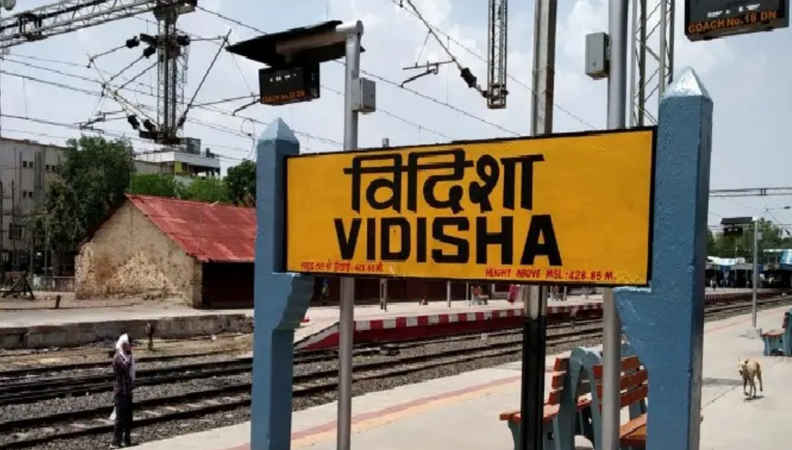Subtotal $0.00

Vidisha is of great antiquity mentioned in Sanskrit epic Mahabharata as well as Ramayan by Valmiki. In ramayan it was also called Bhadrawati. It is stated that Shatrughan’s son Shatrughati was placed incharge of Vidisha. Lord Rama too is believed to have visited this place as his foot impressions are still here, protected as “Charan Teerth” at one of the ghats of river Betwa, City also found mention in Jain Buddhist and Brahminical literature. The city originally called BesNagar and later dubbed Bilsa or Bhelsa was renamed Vidisha in 1956.
This town is situated in the fork of Betwa and Bes river that is how it was named Besnagar. Since very long, Vidisha is a great religious, commercial, educational and political centre with beautiful architectures and ancient monuments. It became an important trade centre in the sixth and fifth century before Christ under the shungas (187BC to 78 bc) Nagas satvahanas 230bce to 220 ce) and Gupta’s (320bc to 550 ce) dynasties and mentioned in Pali scriptures . It became capital during Shunga dynasty during puspaMitra rule 185 bc to 149 bc. The emperor Ashoka was the governor of Vidisha during his father bindusar’s (maurya’s dynasty)lifetime period of Ashoka’s rule is 268 bc to 232 bc)
His Buddhist empress Vidisha Devi, who was also his first wife was brought up in Vidisha & got married in sanchi. It finds mention in Kalidasa ‘s Meghadut. The great stupas of Sanchi one of the oldest stone structures in India were built during his period. Sanchi is 9 km from Vidisha. Famous and one of the largest temple of that time Temple of sun god bhillasvamin in Vidisha was built in eighth century by Chalukya dynasty later on reconstructed in 11th century by Parmar dynasty.
Vidisha is considered to be a Jain teerth also & believed to be the birthplace of Sheetal Nath the 10th tirthankara. In jain literature the name is mentioned as bhaddalpur. Vidisha was abandoned in sixth century and again came to known as bhelsa in mediaeval period and it became famous for Temple of sun. God bhillasvamin. In 1293 alauddin khalji of Delhi sultanate sacked the city as a general of Sultan, Jalaluddin. The attack was illustrative of Vidisha’s importance in medieval era In 1530 Vidisha was sacked by Bahadur Shah of Gujarat sultanate, It was then passed on to the Malwa Sultans , Mughals & the Scindia. Before formation of Madhya Pradesh, in 1956 it was divided in central India, vindhya Pradesh ,Maha Kaushal and Bhopal state. Takhat Mal Jalori from Vidisha was the third chief minister of Madhya Bharat. For making Bhopal as a capital of Madhya Pradesh in 1956, politicians from Vidisha played a major role.